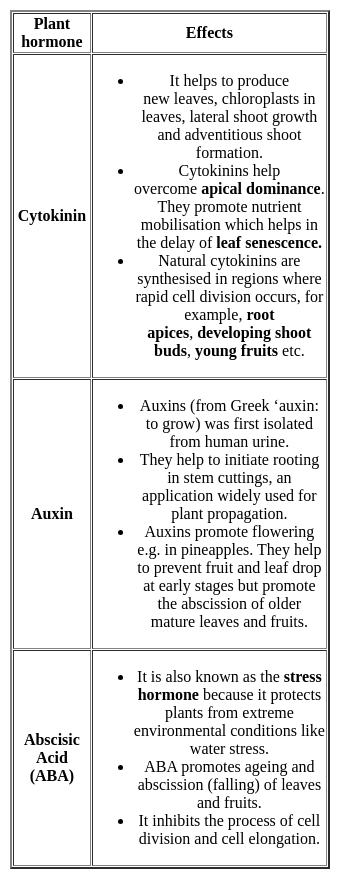Software Development Exam > Software Development Tests > Test: General Science (Plant World) - Software Development MCQ
Test: General Science (Plant World) - Software Development MCQ
Test Description
10 Questions MCQ Test - Test: General Science (Plant World)
Test: General Science (Plant World) for Software Development 2025 is part of Software Development preparation. The Test: General Science (Plant World) questions and answers have been prepared
according to the Software Development exam syllabus.The Test: General Science (Plant World) MCQs are made for Software Development 2025 Exam.
Find important definitions, questions, notes, meanings, examples, exercises, MCQs and online tests for Test: General Science (Plant World) below.
Solutions of Test: General Science (Plant World) questions in English are available as part of our course for Software Development & Test: General Science (Plant World) solutions in
Hindi for Software Development course.
Download more important topics, notes, lectures and mock test series for Software Development Exam by signing up for free. Attempt Test: General Science (Plant World) | 10 questions in 12 minutes | Mock test for Software Development preparation | Free important questions MCQ to study for Software Development Exam | Download free PDF with solutions
Detailed Solution for Test: General Science (Plant World) - Question 1
Test: General Science (Plant World) - Question 2
What is the main basis of classification in the five-kingdom system?
Detailed Solution for Test: General Science (Plant World) - Question 2
Test: General Science (Plant World) - Question 3
Which of the following is NOT a simple plant tissue?
Detailed Solution for Test: General Science (Plant World) - Question 3
Test: General Science (Plant World) - Question 4
Which one of the following is not a function of roots for the plant ?
Detailed Solution for Test: General Science (Plant World) - Question 4
Test: General Science (Plant World) - Question 5
The hormone responsible for ripening of fruits is
Detailed Solution for Test: General Science (Plant World) - Question 5
Test: General Science (Plant World) - Question 6
The disease Blast is related to which among the following crops?
Detailed Solution for Test: General Science (Plant World) - Question 6
Detailed Solution for Test: General Science (Plant World) - Question 7
Test: General Science (Plant World) - Question 8
Which among the following are requirements for autotrophic nutrition in green plants?
Detailed Solution for Test: General Science (Plant World) - Question 8
Test: General Science (Plant World) - Question 9
Which among the following is the reproductive part of a plant?
Detailed Solution for Test: General Science (Plant World) - Question 9
Detailed Solution for Test: General Science (Plant World) - Question 10
Information about Test: General Science (Plant World) Page
In this test you can find the Exam questions for Test: General Science (Plant World) solved & explained in the simplest way possible.
Besides giving Questions and answers for Test: General Science (Plant World), EduRev gives you an ample number of Online tests for practice
Download as PDF




















